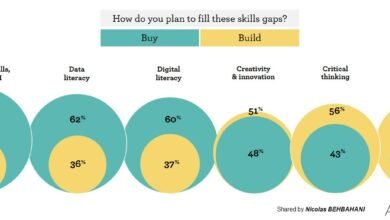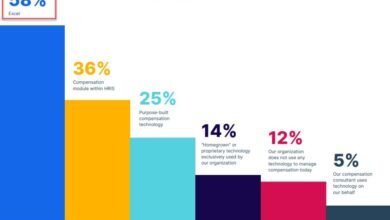
Source | www.linkedin.com | Samantha McLaren
In a 2017 report, researchers from Harvard Business School, Accenture, and Grads of Life discovered that in the United States alone, 6 million middle-skills jobs were at risk of “degree inflation” — the practice of requiring or preferring a college degree for jobs previously held by people without one. This not only created unnecessary barriers to entry for countless skilled job seekers but also made it harder for companies to hire, with two-thirds of employers struggling to fill these roles.
In the years since that study was released, numerous companies have dropped the degree requirement, and many more say they are at least open to hiring candidates with alternative credentials, such as an industry-recognized certification. But these measures don’t necessarily address the underlying issue of how to accurately assess the core skills and competencies that degrees and similarly arbitrary requirements were being used as proxies for.
This is a challenge that LinkedIn faced last year when it set out to test a skills-first hiring approach for one of our customer service teams. Riley Sadowsky, manager of talent acquisition innovation and solutions at LinkedIn, played an integral role in this program, which involved removing experience requirements from job descriptions and incorporating skills assessments into the application process instead.
“What we found,” Riley says, “is that some of the people we hired through the program did not meet the qualifications we’d traditionally looked for. And they’ve been performing well — our hiring managers are really excited.”
You may not need to build skills assessments from the ground up. LinkedIn, for example, recently announced the pilot of Skills Path, a new way for companies to engage in skills-based hiring using LinkedIn Recruiter. Skills Path brings together LinkedIn Learning courses with skill assessments to help recruiters evaluate candidates in a more equitable way — based on their proven skills. Skills Path is still in development, with 20 or so companies currently using it, and we will keep you updated when it’s ready for a broader deployment.
Every job, of course, calls for its own unique mix of traits and skills. Even teams that already have access to Skills Path may decide to develop complementary evaluations that are tailored to the specific role in question. No matter where you’re starting from, Riley’s tips can help you design a skills assessment that’s accurate, scalable, and fair, based on what she learned along the way.






